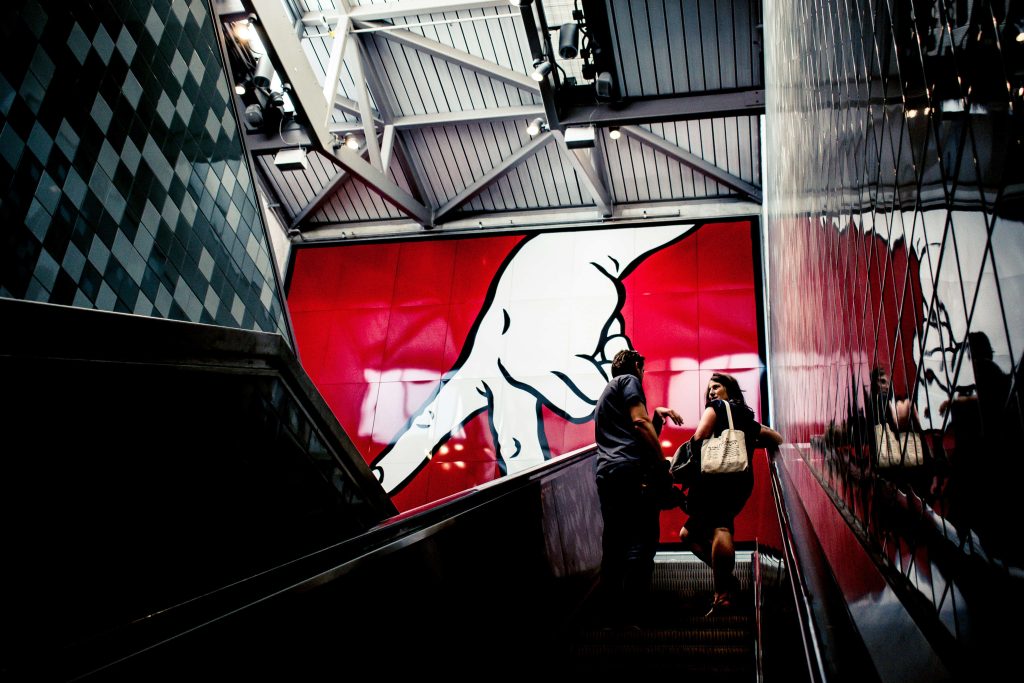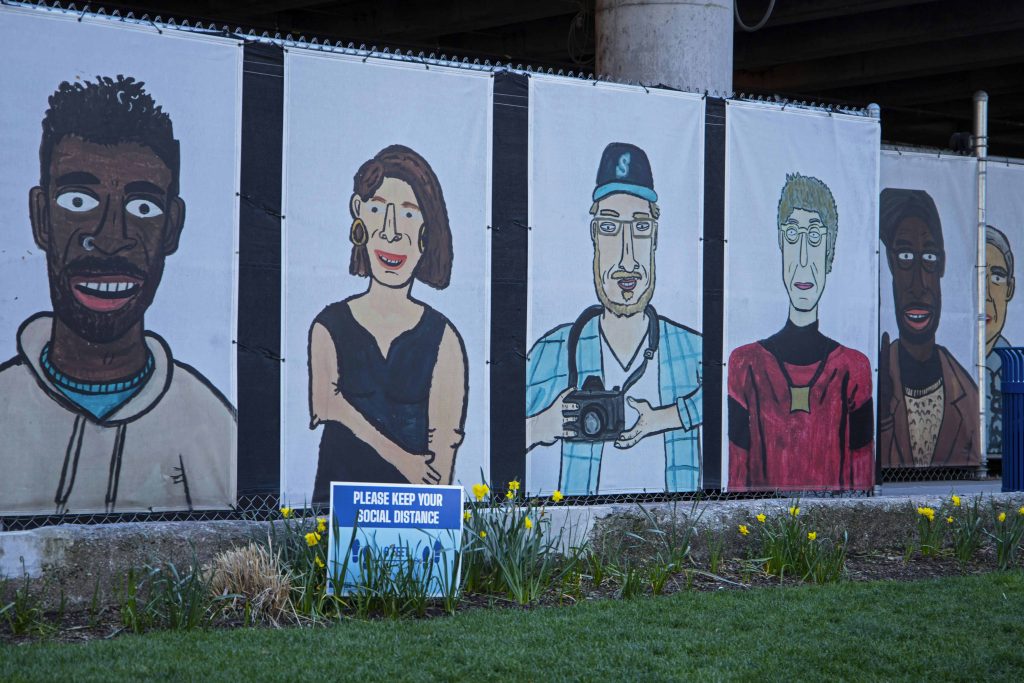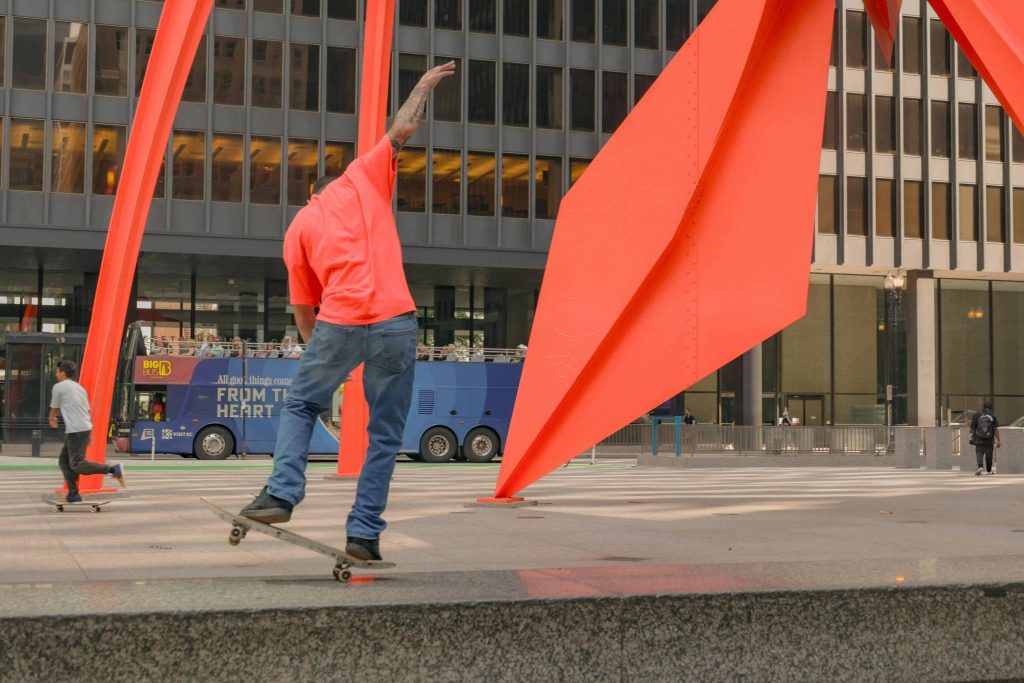
14 Oct Public Art Projects and Social Engagement in 2024
Creating Connection: The Role of Social Engagement in Public Art
Public art, encompassing various forms such as sculptures, murals, installations, and performances, plays a pivotal role in enriching communities. Unlike traditional art confined within galleries or museums, public art is accessible to everyone, fostering a collective cultural experience. In recent years, the importance of social engagement in public art projects has surged, emphasizing the need for community involvement and interaction. This article delves into the transformative power of socially engaged public art, its strategies, challenges, and future prospects.

The Power of Social Engagement in Public Art
Social engagement in public art is a catalyst for community cohesion and transformation. By involving residents in the creative process, public art fosters a sense of ownership and belonging, making people feel connected to their environment and each other.
- Fostering a Sense of Ownership and Belonging: When community members contribute to the creation of public art, they develop a personal connection to the artwork and the space it inhabits. This involvement nurtures pride and responsibility towards maintaining and protecting the artwork.
- Creating Platforms for Dialogue on Social Issues: Public art can serve as a medium for addressing and reflecting on societal issues. Engaging the community in discussions and creative processes allows for diverse perspectives to be shared, promoting understanding and empathy.
- Revitalizing Public Spaces and Promoting Social Interaction: Art installations can transform neglected areas into vibrant community hubs, encouraging social interaction and activity. These revitalized spaces become gathering points where people can engage with each other and the artwork, fostering a lively community spirit.

Strategies for Social Engagement in Public Art Projects
Effective social engagement in public art requires a comprehensive approach that spans the project’s lifecycle. Here are key strategies for each phase:
Pre-Project Engagement
- Identifying Community Needs and Interests: Conduct surveys, interviews, and research to understand what the community values and needs in their public spaces.
- Building Partnerships with Local Organizations and Stakeholders: Collaborate with local groups, schools, businesses, and government entities to garner support and resources. These partnerships ensure that the project is well-integrated into the community fabric.
- Hosting Open Forums and Workshops to Gather Ideas: Organize events where community members can share their ideas, concerns, and aspirations for the project. These forums provide valuable insights and foster a sense of collective ownership.
Project Development
- Selecting Artists Who Prioritize Community Participation: Choose artists known for their collaborative approaches and willingness to engage with the community.
- Creating Opportunities for Co-Creation with Community Members: Involve residents in the actual creation process, whether through workshops, collaborative design sessions, or hands-on participation in the artwork’s construction.
- Ensuring the Artwork Reflects the Community’s Voice: Make sure that the final artwork embodies the community’s values, stories, and identity, making it a true representation of the local culture and heritage.
Post-Project Engagement
- Educational Programs and Events Related to the Artwork: Develop programs and activities that educate the public about the artwork’s significance and the creative process behind it. These can include guided tours, artist talks, and interactive workshops.
- Maintenance and Upkeep Involving the Community: Encourage community involvement in the maintenance and preservation of the artwork. This can be achieved through volunteer programs or partnerships with local organizations.
- Evaluation of the Project’s Impact on Social Engagement: Assess the project’s success in fostering social engagement through surveys, feedback sessions, and community meetings. Use these evaluations to improve future projects.

Challenges and Considerations
Implementing socially engaged public art projects comes with its own set of challenges:
- Balancing Artistic Vision with Community Input: Artists must find a balance between their creative vision and the community’s desires, ensuring the artwork resonates with both parties.
- Ensuring Accessibility and Inclusivity for Diverse Audiences: Public art should be accessible to all, including people with disabilities, different cultural backgrounds, and varying age groups. Inclusive design and engagement practices are crucial.
- Securing Funding and Resources for Public Art Projects: Funding can be a significant hurdle. Successful projects often rely on a mix of grants, donations, and partnerships. Advocacy and clear demonstration of the project’s benefits can help secure the necessary resources.

Conclusion
Socially engaged public art has a profound and lasting impact on communities. It not only beautifies public spaces but also fosters community cohesion, sparks important dialogues, and revitalizes neighborhoods. As we look to the future, public art will continue to be a vital tool for social change, empowering communities to express their identities and aspirations. By prioritizing social engagement, public art projects can leave a lasting legacy of collaboration, inclusivity, and shared cultural enrichment.
Key Takeaways
- Role of Public Art: Public art, including sculptures, murals, installations, and performances, enriches communities by being accessible to all and fostering a collective cultural experience.
- Importance of Social Engagement: Social engagement in public art enhances community cohesion by involving residents in the creative process, which fosters a sense of ownership, belonging, and responsibility towards the artwork.
- Dialogue and Revitalization: Public art can address social issues, promote understanding through community discussions, and transform neglected spaces into vibrant community hubs that encourage social interaction.
- Engagement Strategies:
- Pre-Project: Understand community needs through surveys and forums, and build partnerships with local organizations.
- Development: Select artists who engage with the community, involve residents in creation, and ensure the artwork reflects the community’s voice.
- Post-Project: Implement educational programs, involve the community in maintenance, and evaluate the project’s impact.
- Challenges:
- Balancing artistic vision with community input.
- Ensuring accessibility and inclusivity.
- Securing funding and resources.
- Future Prospects: Socially engaged public art will continue to play a crucial role in beautifying spaces, fostering community bonds, sparking dialogues, and revitalizing neighborhoods, leaving a lasting legacy of collaboration and cultural enrichment.
FAQs
How does social engagement in public art foster a sense of community ownership and belonging?
Social engagement in public art involves residents in the creative process, making them feel connected to the artwork and the space it inhabits. This involvement nurtures pride and responsibility, fostering a sense of ownership and belonging.
What strategies are effective for engaging the community in public art projects?
Effective strategies include identifying community needs through surveys, building partnerships with local organizations, hosting open forums for idea sharing, selecting collaborative artists, co-creating with residents, and ensuring the artwork reflects the community’s voice.
What challenges might arise in socially engaged public art projects?
Challenges include balancing artistic vision with community input, ensuring accessibility and inclusivity for diverse audiences, and securing funding and resources. Addressing these challenges requires careful planning, inclusive practices, and advocacy for the project’s benefits.
Learn how schools and colleges can transform into incubators for artistic talent and creativity, providing students with the tools and opportunities to explore their artistic passions.

